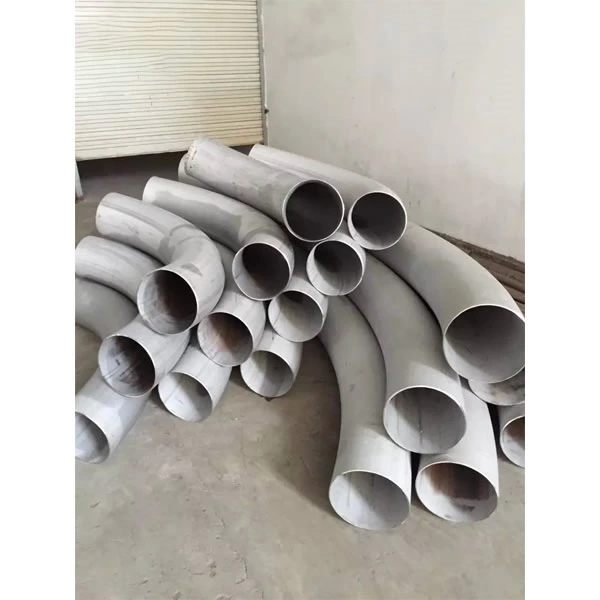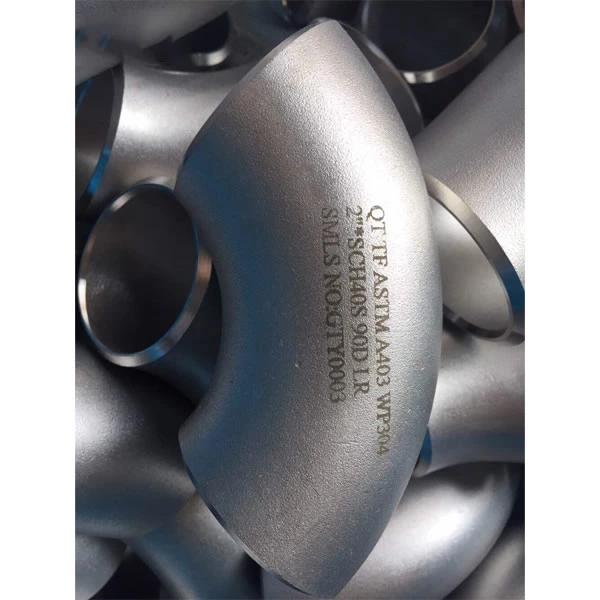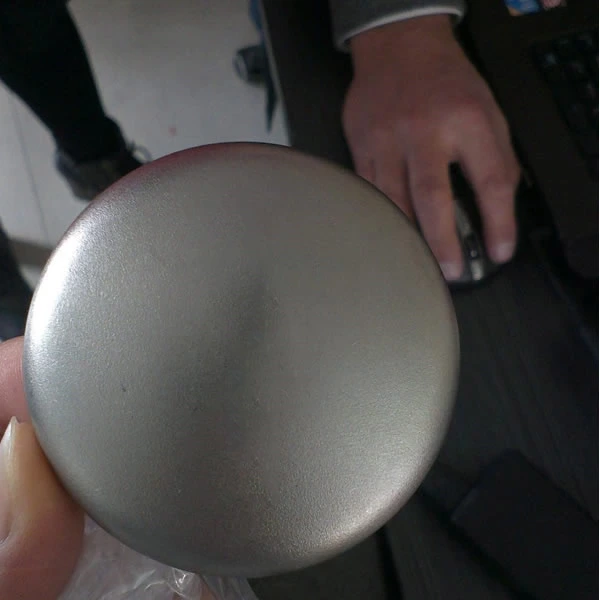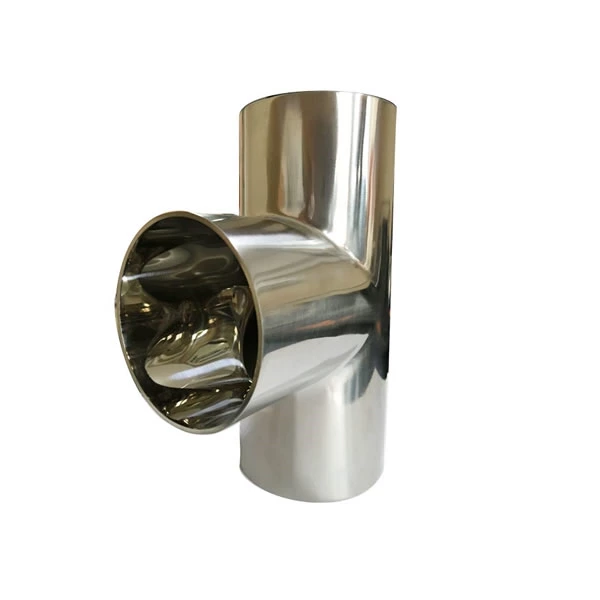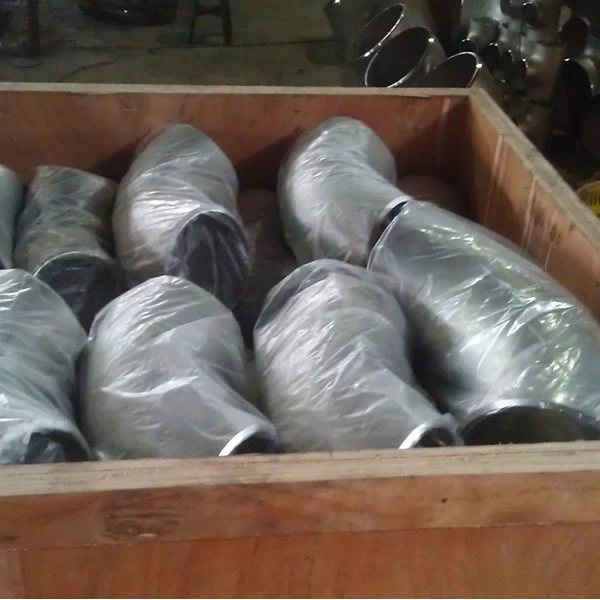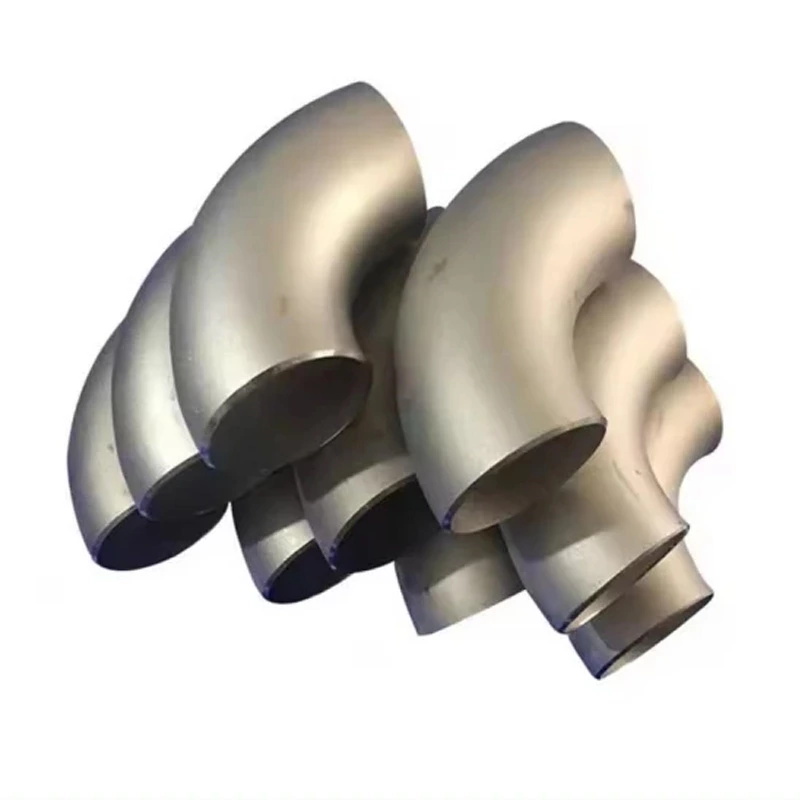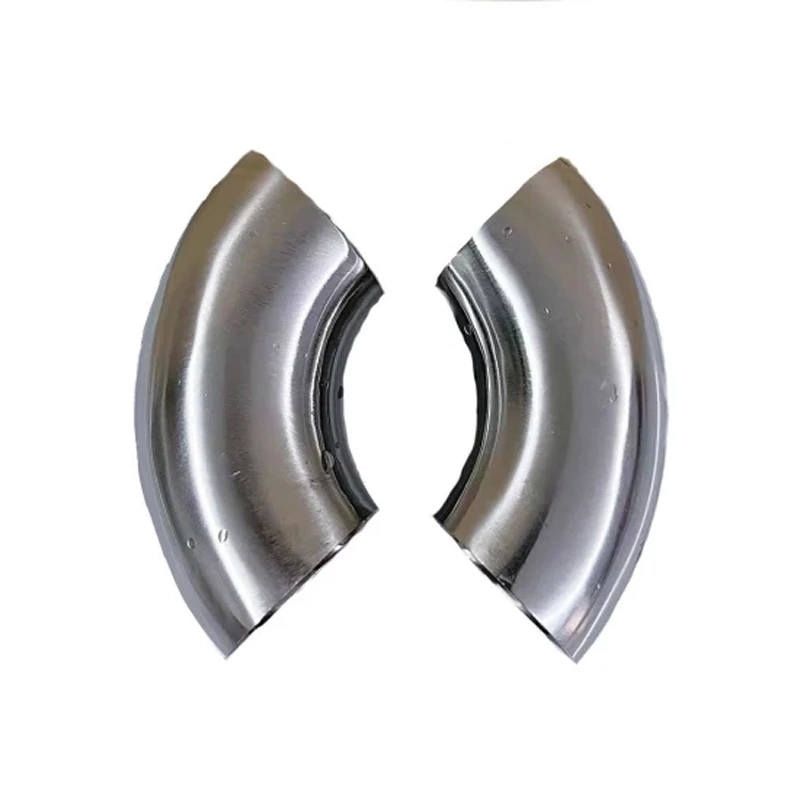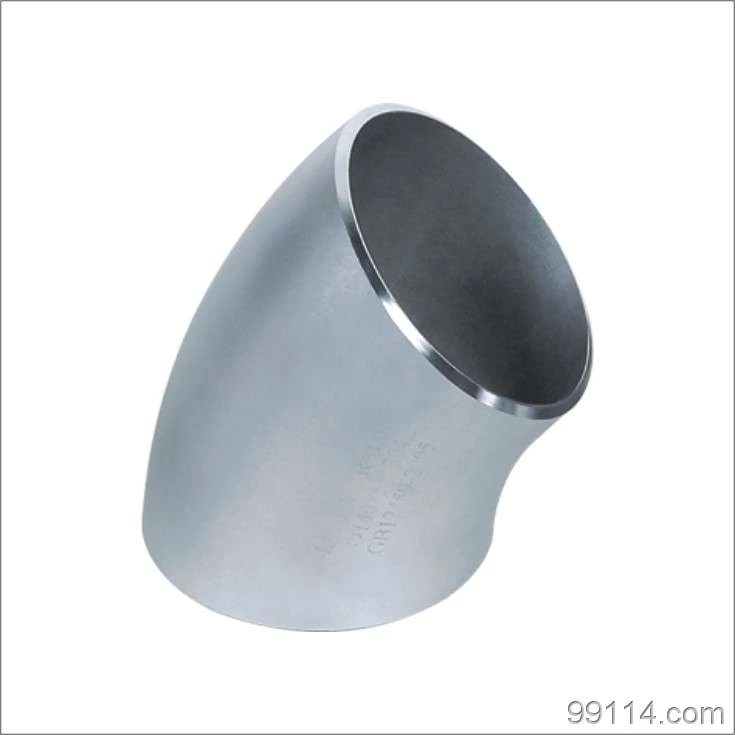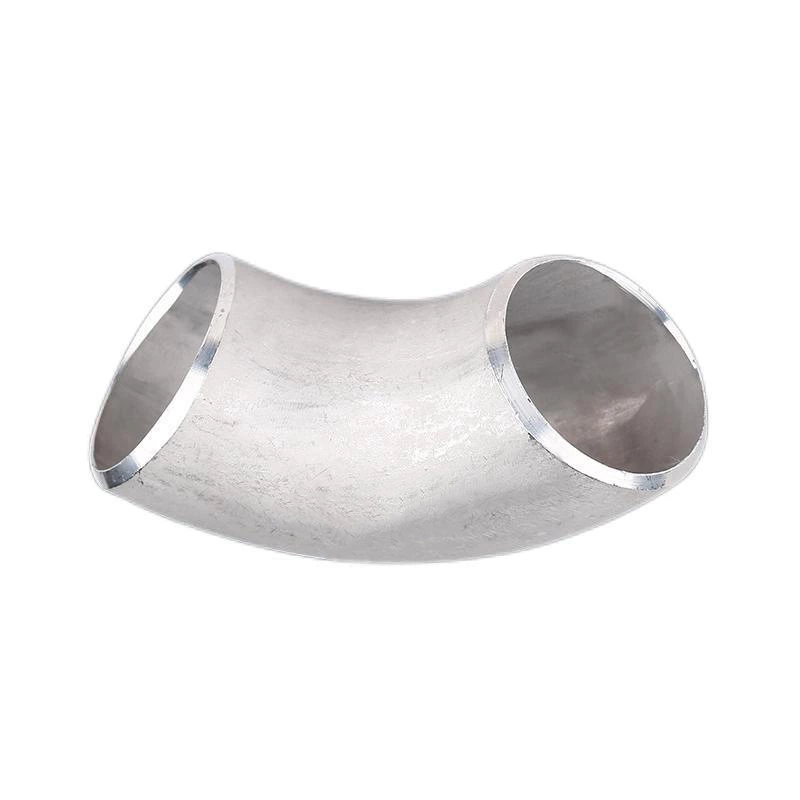Surface Coating And Connection Method Of Stainless Steel Pipe Elbows
Stainless Steel Weld Elbow is a common pipe connection fitting. Generally, surface coating is not required because stainless steel itself has corrosion resistance and oxidation resistance. However, in special cases, if you need to enhance the corrosion resistance of the elbow or have a better appearance, you can choose to surface coat the stainless steel elbow. Common surface coating methods are as follows:
1. Spraying: By spraying, corrosion-resistant paint or anti-corrosion oil is applied to the surface of the stainless steel elbow to achieve anti-corrosion, anti-oxidation and beautification effects. Common coatings include epoxy resin, polyurethane, polyester, etc.
2. Plating: By electroplating or hot-dip plating, a layer of metal or alloy coating is plated on the surface of the stainless steel elbow to provide additional corrosion protection. Common platings include zinc plating, nickel plating, chrome plating, etc., and suitable plating materials can be selected as needed.
There are mainly the following ways to connect stainless steel elbows:
1. Welding connection: Weld the stainless steel elbow to the pipe or other accessories. Through high temperature and high energy fusion, the stainless steel material and the connected material form a firm connection.
2. Connection flange: The stainless steel elbow is fixed to the pipe or other accessories through the flange sealing connection. Use bolts to tighten the flange connector to achieve the effect of sealing and load bearing.
3. Threaded connection: Internal or external threads can be milled on the stainless steel elbow, and the stainless steel elbow is connected to the pipe or other accessories through the tightening of the thread.
The above are the common surface coating methods and connection methods of stainless steel elbows. The specific surface treatment method and connection method should be determined according to the actual use environment, needs and pipeline design requirements.
